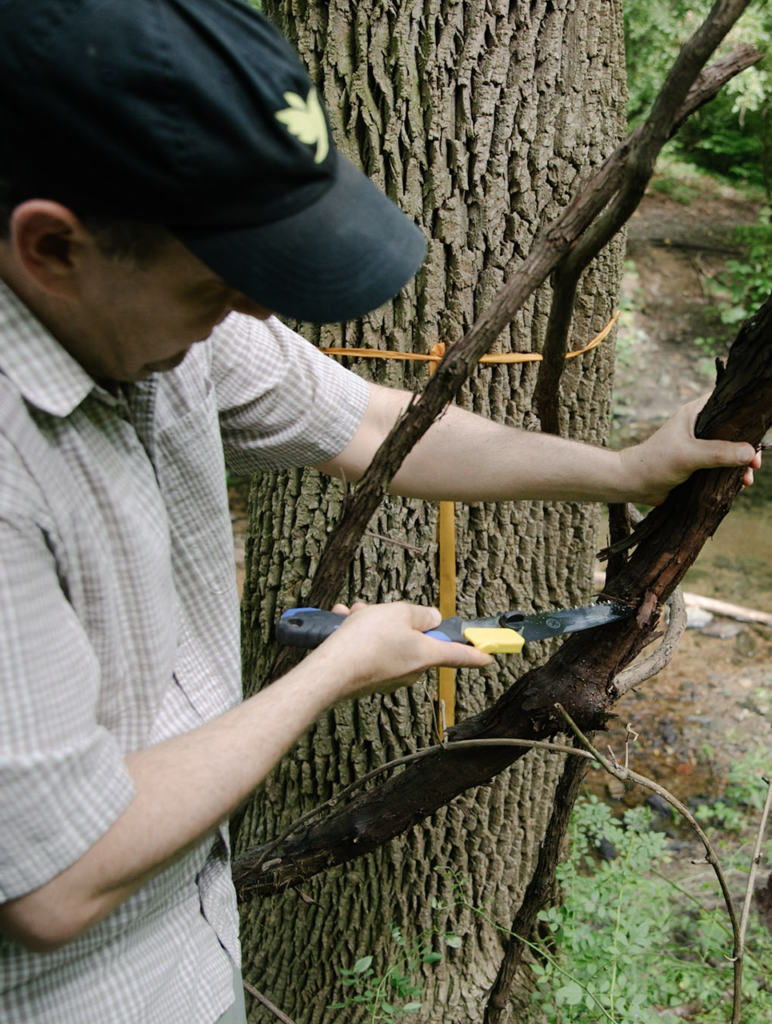Ena hannigan wants to be at school — a fact that her mom, Erike De Veyra, is overjoyed about. Ena, who will enter the fourth grade at John Moffet Elementary School in September, is already an active student in her school. She’s a member of one of Moffet’s STEM clubs, Girls Who Code, and is interested in joining the podcast club in the upcoming year. Ena enjoys learning to code and even playing with robotics, two things that might not be possible if not for Moffet’s innovative staff and beloved makerspace.
Run by Moffet’s digital literacy teacher, Michael DeMeno, the makerspace has provided nearly 300 students the opportunity to explore extracurricular learning in a uniquely creative way. DeMeno considers the space a necessity for the educational growth of his students. “It blends all subjects together, [and] our kids are learning better,” says DeMeno.
Unsure what a makerspace is? Consider it a multi-use station for people with common interests to collaborate on projects and share ideas, ordinarily operated for STEM purposes. Moffet, located in East Kensington, opened its space in 2019 after DeMeno suggested it to the Friends of Moffet family school organization. After receiving their first grant to start the makerspace, DeMeno, fellow staff members and students started imagining uses beyond its typical functions. The space became the hub for clubs including Girls Who Code, the podcasting club, nature STEM, music STEM and the makerspace club.
Not only are they learning more, but they’re learning useful skills.”
— Michael DeMeno, Moffet Digital Literacy Teacher
In Moffet’s makerspace, students are able to participate in activities most public schools in the area can’t provide.
“Not only are they learning more, but they’re learning useful skills. They’re getting social skills and learning to work together in ways, traditionally, they wouldn’t be able to,” DeMeno says.
In a school district working to remedy a growing list of major concerns, Moffet is an example of how a small act can affect learning and keep students and their parents excited about school.
For De Veyra, choosing a school for her daughter was a daunting responsibility. Living close to North American Street, a hub for designers and makers, De Veyra was looking for schools that implement creativity into their curriculum. Once she found Moffet and learned of the proposed makerspace, her worries all but disappeared.
“We had been thinking about taking [Ena] to Moffet before she was even three years old,” says De Veyra. “Not very many schools around here, even the elementary school in Fishtown, necessarily have a makerspace, and coming from a design background, we were super excited that this was going to be accessible to the kids here.” De Veyra says she plans to send her youngest to Moffet for kindergarten in the fall.

While both Ena and her mom look forward to a new school year and new opportunities in the makerspace, teachers like DeMeno are prepping for the 2023–2024 year by thinking of new, green ways to engage their students.
“Half the things I do are with cardboard, paper and things that I just pulled from the recycling bins at school,” DeMeno says. “It doesn’t have to be a very expensive makerspace at the start, but it’s still introducing kids to the engineering design process, giving them 21st-century skills and letting them learn in a nontraditional way and still be happy.”









